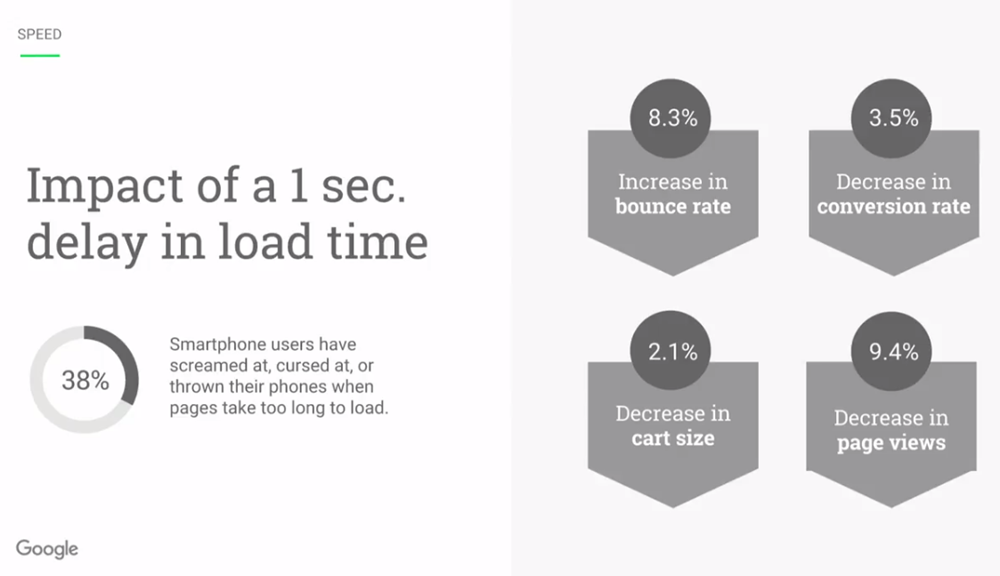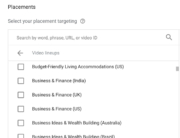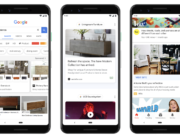Identifying and Taking Advantage of Mobile Opportunities
Potential customers and clients are continuing to spend more time with their smartphones and other mobile devices, and that is leaving still-unrealized opportunities for marketers.
Consumers spend 25% of their media time with mobile, 22% on the internet using other devices, 36% with television, 13% with radio, and only 4% on print media, states the Kleiner Perkins Internet Trends report. In this post, I’ll discuss how to fill gaps in your mobile marketing strategy, and how to conduct a fast and free online test of your site for mobile friendliness.
While users spend 25% of their media time with their smartphones, advertisers spend just 12% of their budgets on mobile. And mobile advertising is taking so many useful and interesting forms, including tap-to-call, location-driven, app-download, lead generation, and more, that it’s clear marketers are leaving mobile opportunities on the table.
Mobile has “changed how we act, and react in life,” says Tim Reis, Director of Performance Agencies for Google, including immediacy of action, higher expectations, and unscripted decisions (people switch brands and loyalty quickly when they have a great mobile experience).
So how to get more from mobile? At a recent Google Partners event, Reis covered some key points that can help marketers ramp up:
- Be there. 51% of smartphone users have discovered a new company or product while conducting a search on mobile.
- Be useful. Consumers link useful information to brand image.
- Be quick. Smartphone users quickly switch to another site or app if you’re slow.
- Connect the dots. Understand how mobile interactions affect your other channels.
Google experts also recommend thinking mobile, and taking advantage of the built-in capabilities of smartphones to improve your results:
- Put calls-to-action for primary activities at or near the top of the mobile screen.
- Take advantage of smartphones’ built-in GPS to present promotions relative to the users’ location.
- Anticipate needs. Store and pre-fill existing customers’ or clients’ past behavior and information to reduce navigation and form-filling steps.
Speed Matters
Google also shared recent key data about the importance of speed in the mobile experience. The “sweet spot” for page load times is 4 to 6 seconds, with every additional second increasing bounce rate (users leaving), decreasing conversion rate, and even decreasing cart size.
Fortunately, Google also rolled out a new, free, and easy to use mobile-friendliness test site at testmysite.thinkwithgoogle.com. Plug in your URL and get very specific information about how to improve mobile experience.






